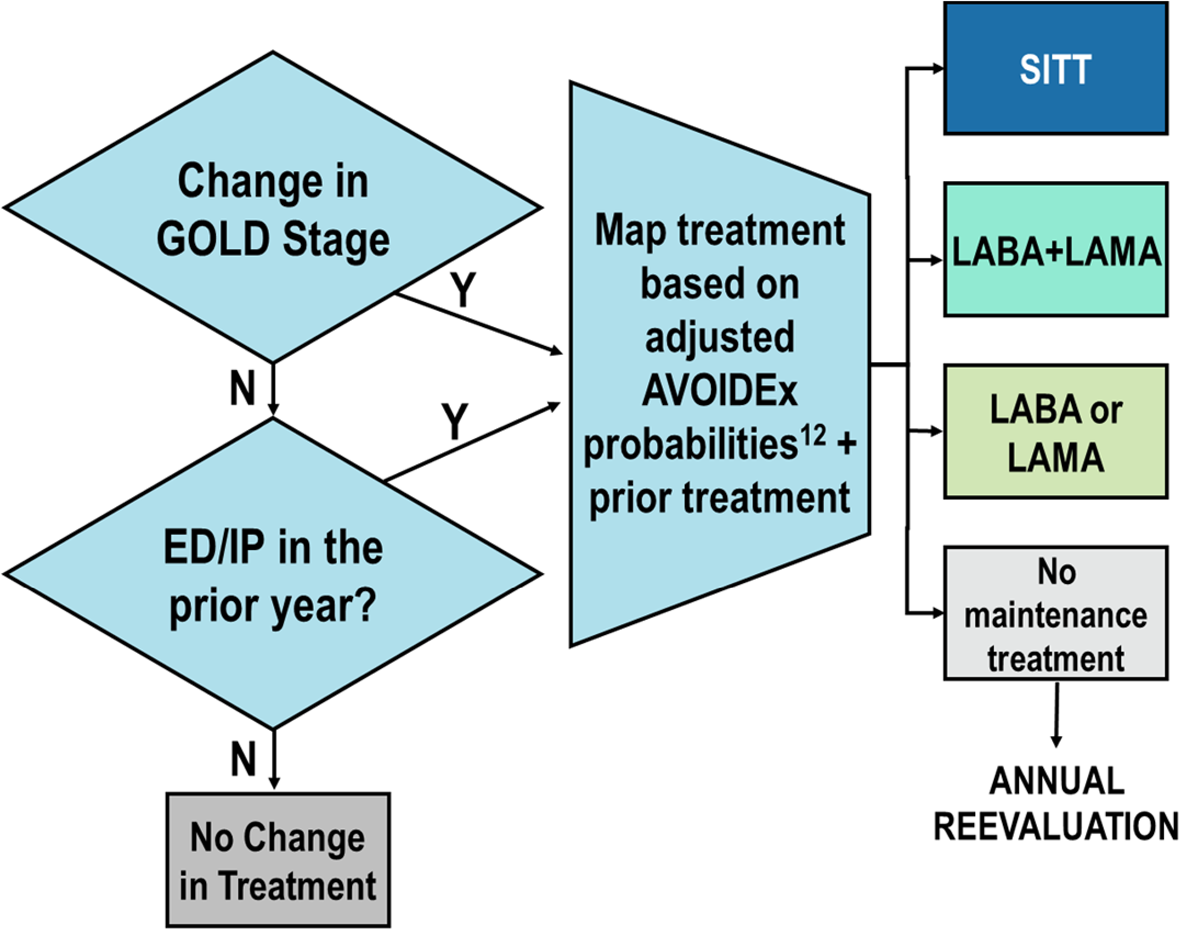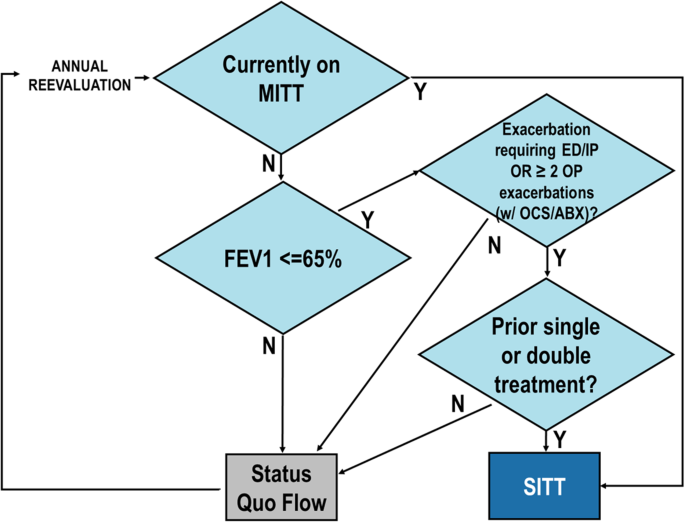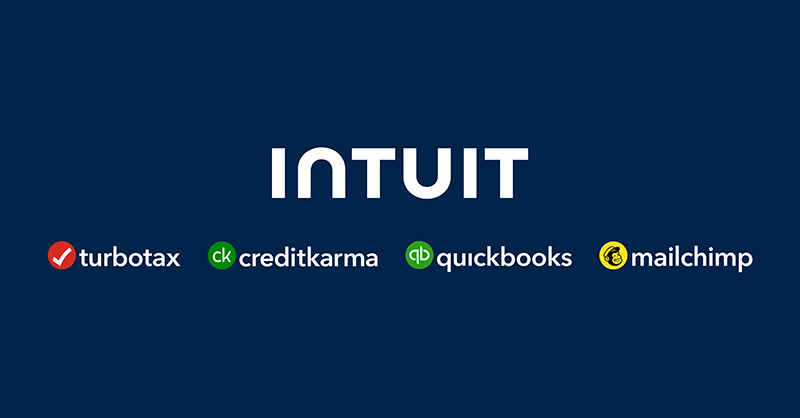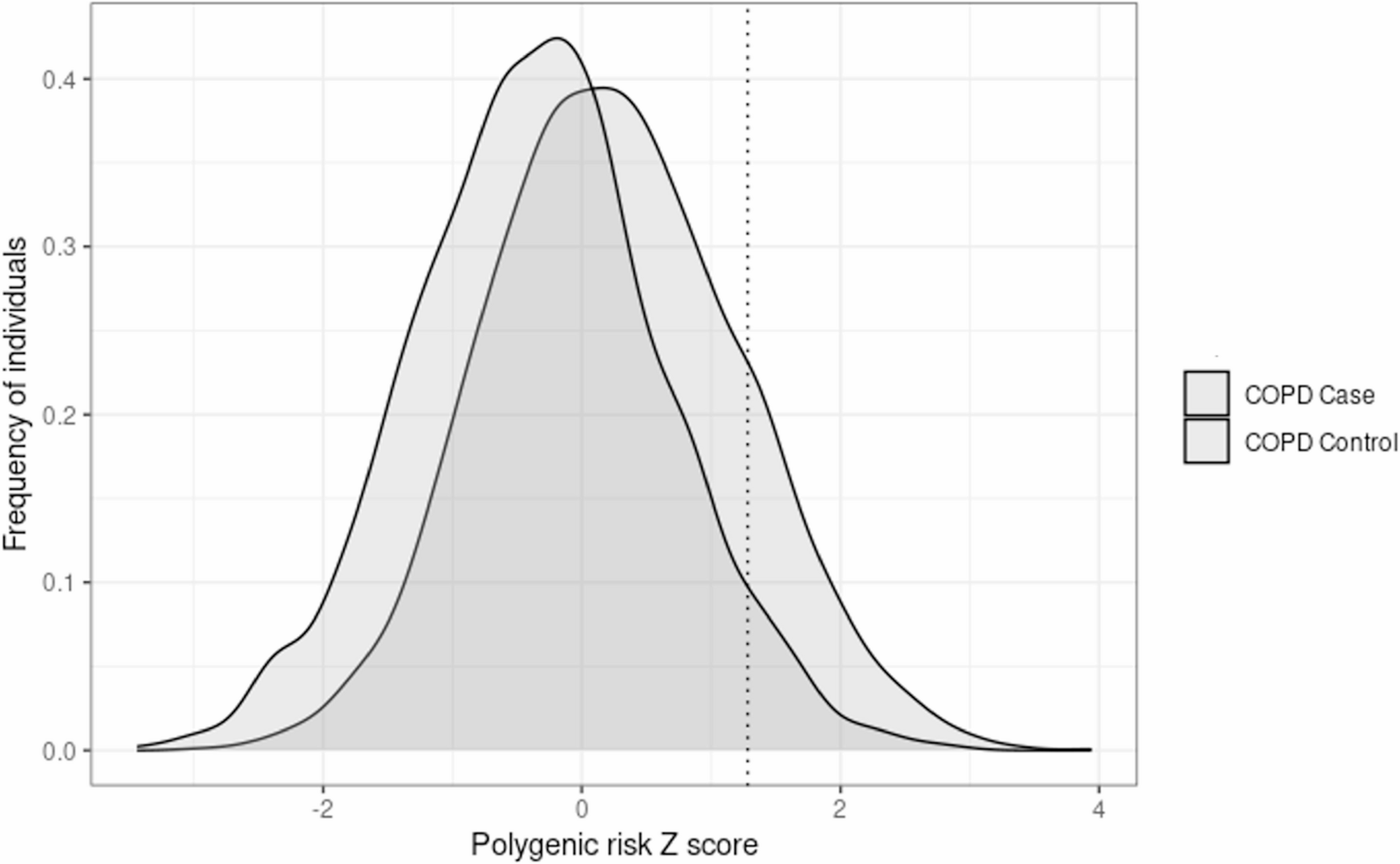Pakistan, Afghanistan peace talks in Turkey have hit an impasse with both the nations pointing fingers at each other for failure to reach a deal, the Associated Press reported on Tuesday. Istanbul has been consistent in its efforts to end the…
Blog
-

Modeled reductions in COPD exacerbation rates, mortality, and related medical costs due to increased SITT adoption: PROMETHEUS Italy | Respiratory Research
Model approach
The base structure of this model was adapted from the PROMETHEUS study conducted in the United States based [15]. Our multi-year stochastic microsimulation model projects outcomes over 10-years by starting with a base population of Italian COPD patients and incorporating new entrants (incident cases) annually. Literature-based assumptions were generated to create a population that represents the current Italian COPD population by assigning characteristics such as age, gender, COPD incidence rates, yearly changes in airflow restriction, baseline treatments as well as treatment modifications, mortality rates, and exacerbation rates (for both moderate and severe exacerbations). We describe the literature sources used for each characteristic in the supplemental materials. If an Italian source was available, it was used for inclusion with preference given to sources that were more recent in order to best represent the current Italian COPD population. In cases where there was no Italian data source, we utilized other available data as outlined. The percent of predicted forced exhalation volume in 1 s (FEV1) was then utilized to assign patients to a GOLD stage, 1–4. We then applied annual declines in FEV1 to model the progressive nature of the disease. Additional penalties were also applied if a patient was deemed to be a smoker.
A baseline (or status quo) model was created by integrating population growth in accordance with the projected increase of the Italian population over the 10-year forecast period.
Simulation overview, model populations, and simulation scenarios
After defining the baseline “Status Quo” model, we modeled 1,000 simulations over 10 years from 2025 to 2034. Each year, we applied probabilistic changes to the COPD patient characteristics. Changes included FEV1 decline, as mentioned above, smoking cessation rates, changes in COPD treatments, all-cause mortality, and occurrence of moderate and severe exacerbations. Any patient that did not quit smoking or those that experienced exacerbations was given a higher probability of COPD progression/FEV1 decline, which is in line with disease pathophysiology. We also linked medication therapy utilization to Exacerbations, based on available data on varying Exacerbation rates among patients on different therapies. Lastly, in addition to annually adding newly diagnosed incident COPD patients, patients were removed from the model either by dying or by reaching 100 years of age.
We modeled two scenarios – “Status Quo” and “Increased SITT”.
-
“Status Quo” (Baseline): this model was a simulation of the current Italian COPD population without applying any changes in current SITT prescribing patterns (Fig. 1).
-
“Increased SITT”: this model assumed a higher SITT prescribing practice occurring over the modeled 10-years based on GOLD prescribing guidelines (Fig. 2). The key difference between the “Increased SITT” and the “Status Quo” modeled populations was that the “Increased SITT” model modified the annual medication algorithm, resulting in a higher transition of patients to SITT.
We utilized data from the AVOIDEx study to map the probability of treatment changes in our status quo population [16]. Our treatment algorithm is based on both GOLD guidelines as well as key inclusion criteria from the ETHOS study. Our results are reported for two different populations within each scenario: the Total and Flagged populations. The flagged population represents the subset of the total population that met GOLD recommendation criteria for SITT prescribing, independent of the actual modeled medication use for those patients. These patients represent the more severe subset within the total population. Both the total and flagged populations were sampled and simulated separately from each other and therefore there may be variation in the patient counts and outcomes for the non-flagged population. The exacerbation rates were an important assumption in our modeling. To determine the baseline rate, we utilized the Gulp study and then utilized additional literature to determine the difference in rates [12, 17]. This approach was used to avoid over emphasizing the benefits of SITT compared to MITT in a real-world population on the exacerbation rate.
Fig. 1 “Status Quo” medication transition
If a patient started on SITT, no further transitions were made, ED emergency department, IP inpatient admission, SITT single inhaler triple therapy, LABA long-acting beta 2- agonists, LAMA long-acting anticholinergics
Fig. 2 
“Increased SITT” medication transition based on GOLD 2023 guidelines and key inclusion criteria for ETHOS study
If a patient started on SITT, no further transitions were made MITT multiple inhaler triple therapy, FEV1 forced expiratory volume in 1 s, ED emergency department, IP inpatient admission, OP outpatient visit, OCS oral corticosteroids, ABX antibiotics, SITT single inhaler triple therapy
We estimated the number of life-years extended for both the total and flagged populations under higher SITT adoption scenarios compared to status quo. Initially, we calculated the expected years of life by using standard mortality tables and considering the age and sex distribution. Subsequently, we adjusted the standard mortality rates to reflect the increased mortality associated with COPD and estimated the expected future years of life for each population.
Outcomes and statistical analyses
Over our 10-year model, we determined the simulated severe and moderate exacerbation rates and counts as well as the all-cause mortality rate and death counts for both the total population as well as the flagged population under both the “Status Quo” and the “Increased SITT” models. We also calculate the change in mortality, the life years extended and the difference in the exacerbation rates and counts between both models (for both the total and flagged populations, separately). Of note, the flagged population drives much of the numerical difference in mortality and morbidity observed in the total population. Lastly, we calculated the number needed to treat (NNT) to increase life expectancy by one year for the “Increased SITT” model. We also calculated the number of remaining life years in the flagged population under both the “Increased SITT” and “Status Quo” models over a 10 year-period. This was done to quantify the impact of increased SITT on the life expectancy of each COPD patient.
We utilized Python PySpark and the following statistical analyses were included: (1) use of a stochastic microsimulation model, (2) descriptive statistics including means for continuous variables, and (3) frequency percentages for categorical variables were calculated.
Sensitivity analyses
To assess the impact of variations in our baseline assumptions on modeled outcomes, we performed sensitivity testing on four variables. We varied: (1) the baseline distribution of GOLD airflow limitation stages, (2) the exacerbation rates, (3) the COPD population growth, and (4) the FEV1% of predicted cutoff required to consider patients for SITT therapy under the “Increased SITT” model and observed the impact on mortality, exacerbation counts and costs.
For the Baseline GOLD distribution, we either assumed that the Italian COPD population was 10% more or 10% less severe than the current assumption by shifting more/less patients to a higher or lower GOLD stage, respectively. In the scenario where we shifted severity up by 10%, we had a higher distribution of patients in higher GOLD stages than in the base model, and vice-versa for the 10% less severe scenario. Regarding Exacerbation rates, we assumed that the Exacerbation rate was either 10% higher or lower than the Baseline assumption. For the COPD incidence, we assumed that the rate was either 1% higher or 1% lower than the base case assumption used. For the FEV1% of predicted cutoff, we modified the 65% cutoff to 80% in the “Increased SITT” model. This latter assumption is more aligned to the label of triple inhaled therapies and GOLD guidelines in 2024.
Continue Reading
-
-

Triangle’s upgraded Capella 2 speakers land with Spotify and Tidal support
Triangle has announced the Capella 2, an updated version of its Triangle Capella wireless active speaker system that seems to address several shortcomings we identified in the original’s review.
The French manufacturer has revamped the Stereo…
Continue Reading
-

Navy Vet Breaks Multiple World Records With Mind-Blowing 20-Hour Lunge Challenge
If you’ve ever hit the walking lunges in a Hyrox and felt your legs turn to fire, you’ll know the pain. Now imagine doing it for 20 hours straight. That’s exactly what US Navy vet Michael McCastle did earlier this October – lunging 4.06…
Continue Reading
-

Intuit Unveils Revolutionary System of Intelligence to Help Businesses Grow in the AI Era :: Intuit Inc. (INTU)
New Intuit Accountant Suite, enhanced AI-native Enterprise Suite ERP solution, and Small Business innovations combine data, AI agents, and human expertise in one place to power prosperity
LAS VEGAS–(BUSINESS WIRE)–
Intuit Inc. (Nasdaq: INTU), the global financial technology platform that makes Intuit TurboTax, Credit Karma, QuickBooks, and Mailchimp, announced today major innovation to its all-in-one platform, including the introduction of Intuit Intelligence, a revolutionary system of intelligence that provides businesses and accounting firms with everything they need to compete and grow in the AI era. The announcement also included the launch of Intuit Accountant Suite, a new AI-native solution for accountants; new AI agents that transform how businesses run and grow; and several powerful enhancements to Intuit Enterprise Suite, the company’s modern ERP solution that serves growing mid-market businesses.Intuit CEO Sasan Goodarzi unveiled these transformational innovations before global accounting leaders at Intuit Connect, the company’s flagship event for multi-service accounting firms and professionals.
“We are leading the largest technology disruption in our history that will fundamentally change how businesses compete and grow,” said Intuit CEO Sasan Goodarzi. “We’re creating the future, leveraging the power of data, AI, and human intelligence to give all businesses on the Intuit platform a distinct advantage to thrive in this new era.”
Intuit Intelligence: A revolutionary system of intelligence that provides businesses with what they need to compete and grow
At the core of Intuit’s all-in-one platform transformation is Intuit Intelligence, a revolutionary system of intelligence that will unify a business’s data and provide access to a powerful, virtual team of AI agents across all financial pillars—including growing and managing customers, payments, payroll, accounting, and tax. Intuit Intelligence is simple, ‘Ask Anything’:
- Instant, Accurate Answers: Customers can ask any business question— from “How do I turn leads into sales?” to “What’s my projected profitability?”— and receive immediate, data-backed answers and customized recommendations that drive growth.
- Automated Task Completion: Simply use a prompt, like “Run my payroll,” to complete complex tasks automatically, or build custom solutions that provide businesses with actionable insights that matter most to them.
- Actionable Insights: Securely ingesting data from Intuit sources, third-party systems, and spreadsheets, Intuit Intelligence will instantly generate rich insights, reports, and KPI scorecards that drive confident, faster decisions.
An All-in-One Platform with a Virtual Team of AI Agents and Trusted Human Experts
Intuit’s all-in-one platform, powered by Intuit Intelligence, unlocks a virtual team of AI agents and trusted human experts who together deliver done-for-you experiences, data-backed insights, and recommendations that drive faster, more confident decisions. Now with new and enhanced embedded AI agents, including the sales, payroll, customer, payments, finance, project management, and accounting agents, businesses save as much as 12 hours a month with simplified day-to-day operations and access to insights that drive productivity and profitability. New and enhanced AI agents, along with a deeper integration of human expertise, introduced across the platform include:
- NEW! Sales Tax Agent: Will help keep a business compliant by charging the correct sales tax for products and services, identifying potential sales tax issues, and suggesting fixes before filing.
- NEW! Payroll Agent: Helps ensure payroll is run accurately and on-time, by proactively collecting hours directly from employees, spotting anomalies, generating insights, and sending a ready-to-approve payroll draft via text.
- IMPROVED! Accounting Agent: Expanded anomaly detection, AI-powered reconciliations, and more accurate automated transaction categorizations across classes and dimensions, deliver cleaner, more accurate books.
- IMPROVED! Project Management Agent: Now converts signed contracts into projects during project set-up, provides deeper project profitability insights that take into account changes in project scope or item cost increases, all summarized on a refreshed project overview dashboard.
- More customised support from AI-Powered trusted human experts: Get the most out of the Intuit platform from day one, with Intuit experts who have access to AI-powered tools and agents to deliver guided set-up and onboarding, ongoing bookkeeping, and soon data migration and quarterly books and tax reviews.
A Disruptive AI-Native Mid-Market Platform that Fuels the Success of Growing Businesses
Intuit is redefining the mid-market ERP landscape with Intuit Enterprise Suite, a modern, AI-native ERP solution with built-in automation for multi-entity management, instant AI-driven insights, and a virtual team of AI agents. This AI-native solution offers a powerful alternative to costly, complex, and slow-to-implement legacy systems. Intuit Enterprise Suite is fast to deploy, easy to learn, and cost-effective to scale. Expanded and enhanced capabilities include:
- Access to More Intuit AI Agents: Transform how a business runs with access to a virtual team of AI agents, from project management, to finance, payroll, payments, and more, that deliver done-for-you experiences and data-backed insights that save time and drive faster, better decision making.
- Faster Onboarding: Improved data importing and AI-driven suggestions will standardize Chart of Accounts across entities and with new dimension capabilities, businesses optimize operations, focus on higher-value work, and simplify transaction management.
- Advanced Multi-Entity Management: Expanded user controls and advanced multi-entity reporting will improve financial accuracy and decision-making. A new consolidated control center will allow businesses to manage apps, such as payroll, across entities, while AI-powered automations will detect anomalies, execute tasks, and surface personalized insights and actions.
- Enhanced Reporting and KPI Dashboards: An extended catalog of financial and non-financial reports, combined with intelligent KPI dashboards, will deliver deeper, organization-wide insights into business performance.
- Industry-Specific Editions: Beginning with construction, Intuit Enterprise Suite will soon offer tailored workflows, capabilities, and tools designed for larger, more complex, multi-entity construction businesses, helping them win and deliver more profitable projects on time.
Intuit Accountant Suite: Putting Intuit Platform Power in the Hands of Accountants to Fuel Their Success
The new Intuit Accountant Suite is an AI-native platform that helps firms manage their clients, practices, and teams, all in one place. Built for and with accountants, Intuit Accountant Suite is backed by the power of Intuit’s platform and system of intelligence. Intuit Accountant Suite:
- Unifies Firm Management: Seamlessly integrates client management, collaboration, service delivery, business planning, and team management—all from a comprehensive, customizable dashboard.
- Improves Client Collaboration: Provides document sharing and soon integrated web conferencing, meeting scheduling, and AI note-taking tools to ensure exceptional client service.
- Answers Questions and Automates Tasks: With Intuit Intelligence, business questions like “Who’s my most profitable client?” will be immediately answered and tasks like “Run my payroll” along with the creation of firm-wide and client-specific reports and dashboards will automatically be completed because of secure access to Intuit and client data and data from third-party systems.
- Improves Firm Capacity: Access to AI-powered capacity planning and forecasting and the ability to tap into Intuit’s trusted human experts will help firms better serve their clients when extra hands and specialized support are needed.
Availability
The new Intuit Accountant Suite, and Intuit’s system of intelligence, new AI-agents and access to experts, start rolling out to US-based businesses and accountants today in QuickBooks and Intuit Enterprise Suite. US QuickBooks customers will also soon see some agentic AI experiences in mobile.
With integrated, powerful AI, automated workflows, and seamless collaboration with trusted experts, businesses and accounting firms on the Intuit platform gain real-time, personalized insights that help them move faster, operate smarter, and uncover new efficiencies and growth opportunities.
About Intuit Connect
Returning to Las Vegas for a fourth year, Intuit Connect brings together thousands of accounting professionals and leaders from high-growth, multi-service firms that serve small and growing mid-market businesses. Across three days of programming, accountants foster connections with one another, earn continuing professional education credits, hear from influential speakers, and see the latest Intuit platform innovations for all customers and accountants across Intuit Enterprise Suite, QuickBooks, and Mailchimp.
About Intuit
Intuit is the global financial technology platform that powers prosperity for the people and communities we serve. With approximately 100 million customers worldwide using products such as TurboTax, Credit Karma, QuickBooks, and Mailchimp, we believe that everyone should have the opportunity to prosper. We never stop working to find new, innovative ways to make that possible. Please visit us at Intuit.com and find us on social for the latest information about Intuit and our products and services.
Feature availability varies by product.
Experts only available with QuickBooks Live.
1. 45% of customers save 12 hours each month on monthly bookkeeping with the new AI-powered bank feed. Based on a survey commissioned by Intuit of QuickBooks Online customers using the new AI-powered bank feed features as of April 2025.
Money movement services are provided by Intuit Payments Inc., licensed as a Money Transmitter by the New York State Department of Financial Services. For more information about Intuit Payments’ money transmission licenses, please visit https://www.intuit.com/legal/licenses/payment-licenses/.
This information is intended to outline our general product direction, but represents no obligation and should not be relied on when making a purchasing decision. Additional terms, conditions and fees may apply with certain features and functionality. Eligibility criteria may apply. Product offers, features, and functionality are subject to change without notice.
View source version on businesswire.com: https://www.businesswire.com/news/home/20251028595899/en/
Intuit Media Contact:
Kim Amsbaugh,
Kim_Amsbaugh@intuit.comSource: Intuit Inc.
Released October 28, 2025
Continue Reading
-

Proposed tariffs may impact trade finance in Europe
Trade finance has long been a cornerstone of supporting economic growth and global prosperity. However, recent developments in protectionist trade policies have heightened concerns about geopolitical risks and the stability of global supply chains.
Despite these challenges, trade finance remains resilient. It continues to be a vital tool for organizations seeking to facilitate growth, manage emerging risks, and adapt to shifting trade dynamics. Trade credit insurance plays a crucial role by protecting businesses against customer defaults and non-payment, especially amid increasing trade uncertainties.
How trade finance and protectionist policies are interconnected
Post-World War II, supportive trade policies helped reduce the global average tariff rate from around 15% to approximately 5%, boosting international trade’s contribution to global GDP from 20% to nearly 50% before the 2008 financial crisis. However, subsequent years saw a slowdown, with trade’s share of global GDP stagnating and trade finance growth remaining subdued at just 1.4% CAGR between 2010 and 2015.
From 2018 to 2023, trade finance experienced some recovery, but the landscape was marred by a fourfold increase in government interventions, geopolitical disruptions — including the Russia-Ukraine war — and rising interest rates. Trade tensions and EU sanctions against countries including Russia, have further complicated trade, especially with key trading partners like China and the US.
While government support in 2020 and 2021 helped stabilize insolvency rates, the end of these measures, coupled with tighter monetary policies, has led to a rise in insolvencies across Europe. This environment underscores the importance of robust trade finance strategies, including trade credit insurance, to mitigate against current and future risks.
The 2025 outlook for trade finance and trade policy in Europe
Looking ahead, credit insurers anticipate that insolvency growth rates will stabilize at elevated levels amid ongoing macroeconomic uncertainties. However, significant tail risks persist. For example, although the European Central Bank (ECB) eased monetary policy by lowering interest rates in March 2025 and maintained them in September 2025 — measures expected to alleviate some systemic pressure — the unpredictable nature of the current trading conditions remains a concern. Whether driven by tariffs, sanction policies, energy market developments, or other unforeseen factors, the risk of a downside economic event capable of stressing balance sheets remains elevated.
As Europe seeks to redefine its role in the transatlantic relationship, it is also reassessing its ties with China. The European Commission has voiced concerns about the baseline 15% tariff imposed by the US on EU exports, especially for key sectors. Discussions on content moderation and digital competition, as well as technology taxes, could further complicate trade flows. While China is the EU’s second-largest trading partner, relations have become increasingly complex amid disagreements on competitiveness, export controls, and the issue of the Russia-Ukraine war.
Furthermore, the Global Trade Policy Uncertainty Index is at its highest since records began in 1960, reflecting widespread uncertainty that could deter investment and disrupt supply chains across Europe. This uncertainty is particularly impactful for less-diversified businesses and those most impacted by US tariffs, such as chemicals, machinery, and vehicles, or sectors that had developed a reliance on exports to China, including manufactured goods.
Potential impacts of tariffs on European trade finance
In 2025, the threat of disruption appears more significant from previous US tariffs. In 2019, US tariffs affected almost US$7.5 billion worth of European products, while in 2025, the EU’s Trade Commissioner stated that about 70% of EU exports to the US, valued at €382 billion (approximately US$449 billion), are currently affected by US tariffs.
Longer-term, these tariffs could reduce global trade values by more than 7% by 2030, with Europe potentially bearing a substantial share of this decline.
While the EU and the US seem to have reached a temporary resolution on trade, the risk of additional US tariffs targeting critical EU sectors (such as pharmaceuticals), remains. Coupled with the potential for future economic and political developments to reignite tensions, businesses may consider the implications of further disruptive trade measures and counter actions.
Protecting your business with trade credit insurance
Given the uncertain environment, the risk of insolvencies surpassing forecasts warrants serious consideration — especially for key suppliers and distributors in exposed markets.
Trade credit insurance remains a proven tool for managing these risks. It provides coverage for losses due to supplier or counterparty insolvencies, regardless of whether defaults are caused by tariffs, trade barriers, or other geopolitical factors. As supply chains evolve and new routes emerge, businesses may increasingly rely on trade finance and credit insurance to safeguard their transactions.
It is advisable for companies to review their existing trade credit policies, ensuring they include coverage for defaults triggered by government actions and trade policy disruptions. Businesses without such policies are encouraged to consult with their Marsh representative to assess their risk exposure and explore suitable protective measures.
Continue Reading
-

The government shutdown is delaying new gadgets
Tech products that are packaged and ready for sale aren’t launching in the US as planned right now, thanks to the government shutdown.
Earlier this month, Leica delayed its M EV1 camera due to holdups on approval from the partially shuttered…
Continue Reading
-
Injury update: Boss offers latest on Khusanov, Rodri and Haaland – Manchester City FC
- Injury update: Boss offers latest on Khusanov, Rodri and Haaland Manchester City FC
- Pep Guardiola Offers Guarded Four-Word Erling Haaland Injury Update Sports Illustrated
- Man City have no chance of winning the Premier League if they remain…
Continue Reading
-

Tilda Swinton and Gary Oldman return to stage for Royal Court’s 70th anniversary | Royal Court theatre
Tilda Swinton will return to the stage for the first time in more than 30 years as part of the Royal Court’s 70th anniversary programme in a reprisal of her 1988 one-woman performance in Manfred Karge’s Man to Man.
Swinton’s return in the…
Continue Reading
-

Genetic resilience to chronic obstructive pulmonary disease is a clinically distinct subtype in individuals with cigarette smoke exposure | Respiratory Research
Baseline characteristics
The COPDGene Study includes 10,198 current and former individuals that smoke. We identified 144 individuals who met the definition of genetic resilience, 362 genetic risk-matched individuals with COPD, and 420 individuals…
Continue Reading
